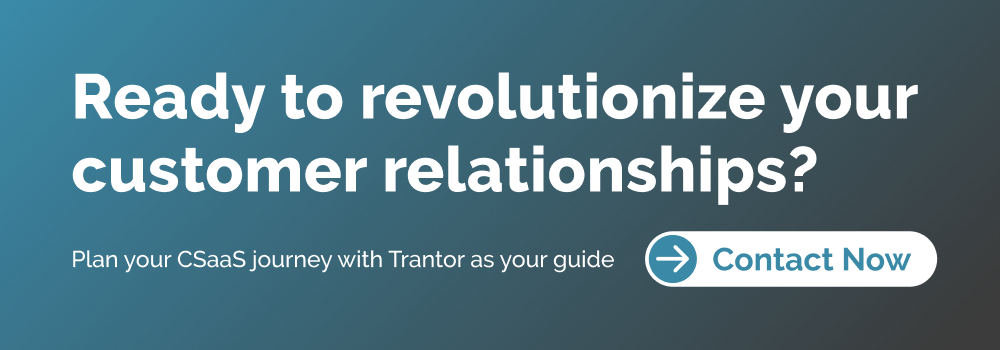Customer Experience, zBlog
Customer Success as a Service: How To Tell If Your Company Is Ready For It
trantorindia | Updated: September 21, 2023
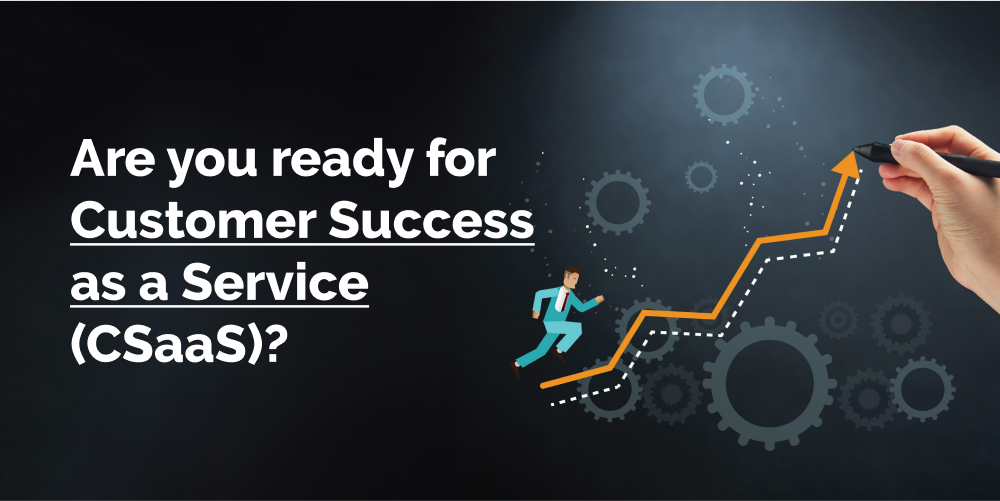
In today’s competitive business landscape, achieving and maintaining customer success is paramount. Customer Success as a Service (CSaaS) has emerged as a game-changing solution for companies looking to enhance customer relationships, reduce churn, and drive sustainable growth.
But, before diving headfirst into CSaaS, it’s crucial to assess whether your company is truly ready for this transformative approach. This comprehensive guide will explore the key indicators that show your company’s readiness for CSaaS. We’ll also delve into industry data points to help you make an informed decision.
Understanding Customer Success as a Service (CSaaS)
Before determining your company’s readiness for CSaaS, let’s clarify what CSaaS entails. CSaaS is a proactive and holistic approach to managing customer relationships. It goes beyond traditional customer support and ensures customers achieve their desired outcomes while using your product or service.
CSaaS providers collaborate closely with your team to develop strategies, monitor customer engagement, and drive continuous improvement. The goal is to maximize customer lifetime value, prevent churn, and identify expansion opportunities.
CSaaS is part of the evolution to Customer Success 2.0 – where customer success becomes a revenue growth engine, not just a cost center. Companies embracing CSaaS recognize its potential to drive growth through enhanced customer relationships.
The Indicators of Readiness
When assessing preparedness for CSaaS, there are several key indicators to examine:
1. Customer-Centric Culture
One of the fundamental prerequisites for CSaaS readiness is a customer-centric culture within your organization. If your company is committed to putting the customer at the center of everything it does, you’re on the right track.
This is not just a slogan but a mindset that permeates your company’s values, processes, and actions. A customer-centric culture means everyone, from the CEO to frontline employees, understands the importance of customer success. It means actively seeking customer feedback, responding to their needs, and constantly striving to exceed their expectations.
This culture creates an environment where CSaaS can thrive because it aligns with the company’s core values.
2. Well-Defined Customer Success Goals
Establishing clear and measurable customer success goals is essential. Your company should have a set of Key Performance Indicators (KPIs) that reflect customer satisfaction, retention rates, and growth metrics.
If you need these metrics or they are vague, it’s time to refine your approach. Start by defining what success means for your customers. Are they seeking increased efficiency, cost savings, or improved user experience? Once you’ve identified these success criteria, you can set specific goals and track progress.

For example, if you’re a software company, your success goals may include reducing the time it takes for customers to effectively use your product or increasing the number of features they use. These goals should be SMART: Specific, Measurable, Achievable, Relevant, and Time-bound.
3. Comprehensive Customer Data
Data is the backbone of CSaaS. Your company should have robust data collection and management processes in place. This includes customer information, feedback, and usage data. Accessing and analyzing this data is crucial for CSaaS providers to tailor their strategies effectively.
Invest in a customer relationship management (CRM) system that centralizes customer data. CRM provides insights into customer behavior, preferences, and interactions with your company. This data can be invaluable when crafting personalized CSaaS strategies.
Furthermore, implement analytics tools to track key metrics like customer satisfaction (CSAT), Net Promoter Score (NPS), and customer lifetime value (CLV). Regularly reviewing this data will show how well your CSaaS efforts are performing.
4. Scalable Infrastructure
Is your company’s infrastructure capable of handling the demands of CSaaS? Scalability is vital as CSaaS involves close collaboration and communication with customers. Ensure your systems can support increased engagement without compromising performance.
When assessing infrastructure, consider:
- Communication Channels: Do you have channels like email, chat, social media, and phone support to engage customers?
- Data Storage: Can your data storage accommodate increased customer data from CSaaS efforts?
- Integration: CSaaS often requires integration with existing CRM, help desk, and marketing tools. Ensure your infrastructure supports seamless integration.
- Scalability: Can your infrastructure scale up or down based on customer demand and business growth? This flexibility is crucial.
5. Employee Training and Buy-In
CSaaS requires active involvement from your employees. They must be trained on and aligned with the CSaaS approach. If your team is resistant to change or needs more skills, investing in training and buy-in is imperative.
Start by conducting comprehensive CSaaS training for employees, focusing on its principles and practices. Encourage them to understand how it benefits customers and the company. Highlight success stories and positive impacts on other teams.
It’s also essential to involve employees in CSaaS decision-making. Seek their input and feedback to make them feel part of the transition. When employees believe in CSaaS’s value and alignment with company goals, they’ll embrace it wholeheartedly.
6. Budget Allocation
Consider your budget for CSaaS implementation. While it can yield substantial returns, appropriately resourcing it is essential. A well-funded CSaaS initiative will have greater success.
Determine the financial resources required for implementation and ongoing operations, including software/technology investments, training, and additional hiring.
Remember, CSaaS ROI can be significant, with increased retention, revenue, and satisfaction. View your CSaaS budget as an investment rather than an expense, and allocate funds accordingly.
7. Alignment with Customer Lifecycle
CSaaS works best when seamlessly integrated into the customer lifecycle. Ensure your CSaaS strategy aligns with how customers onboard, adapt and grow with your product/service.
Map the customer journey and identify touchpoints where CSaaS can make a difference. For example, during onboarding CSaaS can guide to ensure customers get maximum value. In the growth phase, it can proactively identify upsell opportunities to drive revenue.
By aligning CSaaS with the lifecycle, you create a cohesive customer experience that enhances their journey.
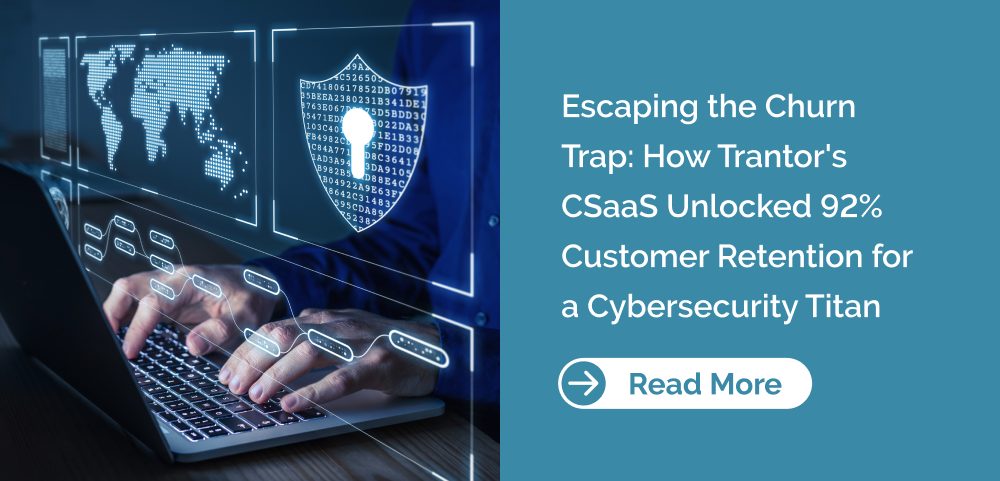
Industry Data Points on CSaaS
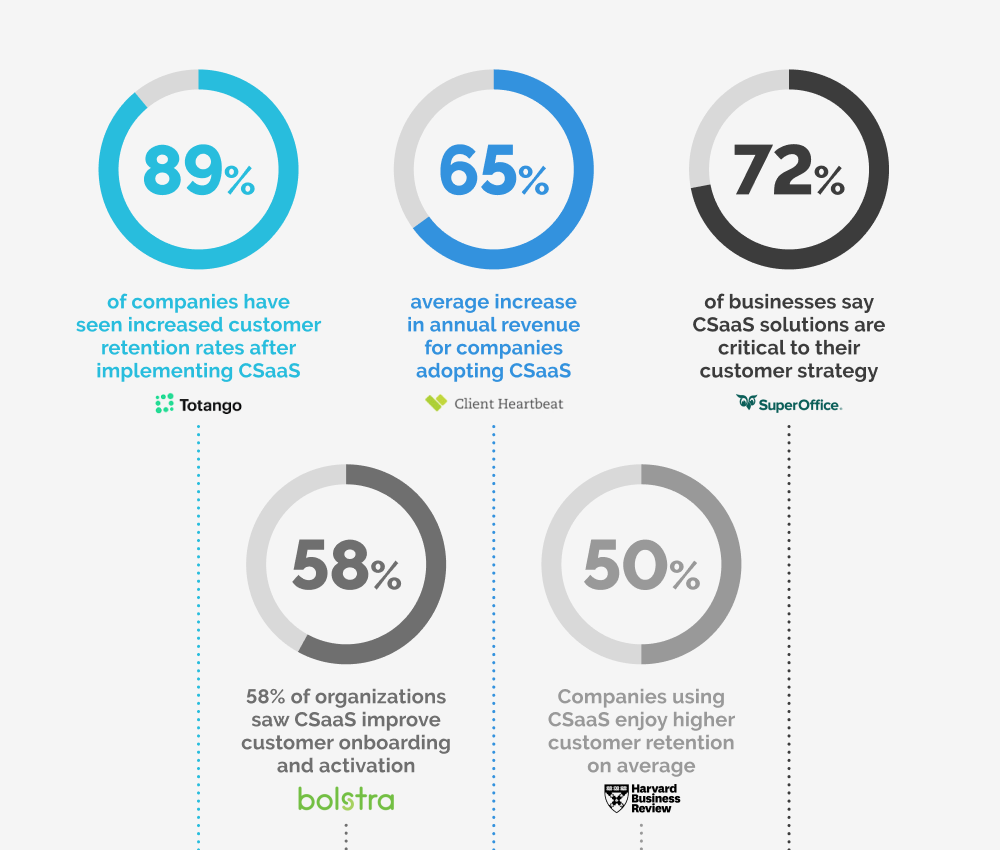
Let’s examine some CSaaS industry data to provide context for your readiness assessment:
- 89% of companies have seen increased customer retention rates after implementing CSaaS (Totango)
- 65% average increase in annual revenue for companies adopting CSaaS (ClientHeartbeat)
- 72% of businesses say CSaaS solutions are critical to their customer strategy (SuperOffice)
- 58% of organizations saw CSaaS improve customer onboarding and activation (Bolstra)
- Companies using CSaaS enjoy 50% higher customer retention on average (HBR)
These statistics demonstrate the significant benefits and adoption of CSaaS across industries. It’s become a critical component of customer experience strategies.
Key Takeaways on CSaaS Readiness
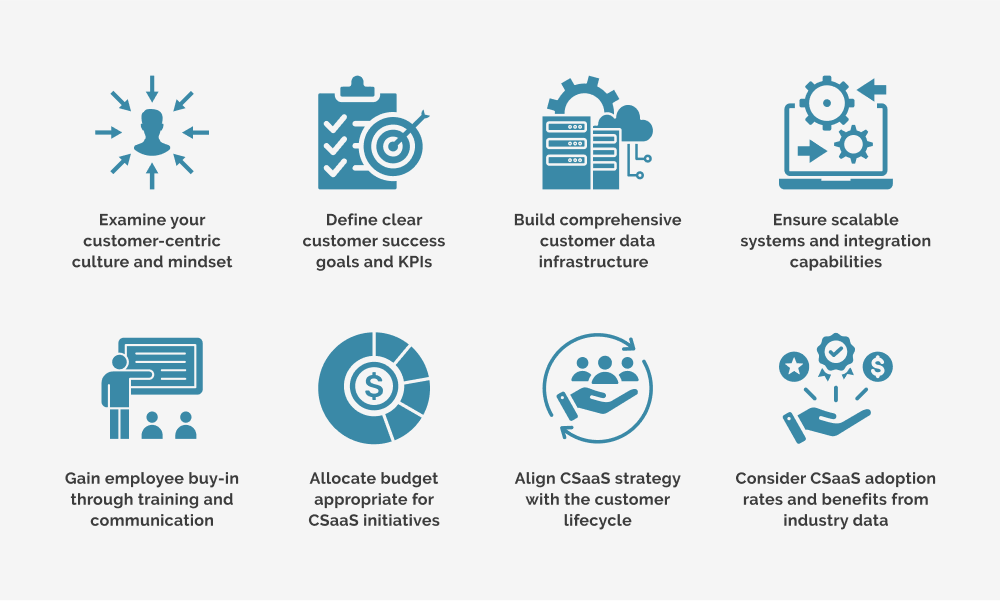
Here are the critical factors to evaluate when assessing your company’s readiness for Customer Success as a Service:
- Examine your customer-centric culture and mindset
- Define clear customer success goals and KPIs
- Build comprehensive customer data infrastructure
- Ensure scalable systems and integration capabilities
- Gain employee buy-in through training and communication
- Allocate budget appropriate for CSaaS initiatives
- Align CSaaS strategy with the customer lifecycle
- Consider CSaaS adoption rates and benefits from industry data
By thoroughly evaluating these elements, you can determine if your company is prepared to adopt CSaaS and reap its customer experience and revenue benefits. Don’t leave this transformation to chance – proactively assess, strategize, and plan your journey.
Conclusion
At Trantor, we understand the significance of delivering exceptional customer success services tailored to each customer segment’s unique needs and preferences. Our CSaaS solutions are designed to help businesses reduce churn, increase retention, foster loyalty, and elevate satisfaction.
We recognize that CSaaS is only effective when implemented strategically based on an organization’s readiness. Use this comprehensive guide on CSaaS readiness as your playbook for a successful transformation. Identify any gaps at your company that must be addressed and create an execution roadmap.
Trantor’s CSaaS solutions can help your company delight customers, reduce risk, and unlock new revenue streams. Don’t leave this transformation to chance – proactively assess, strategize, and plan your perfect customer success roadmap with Trantor.
